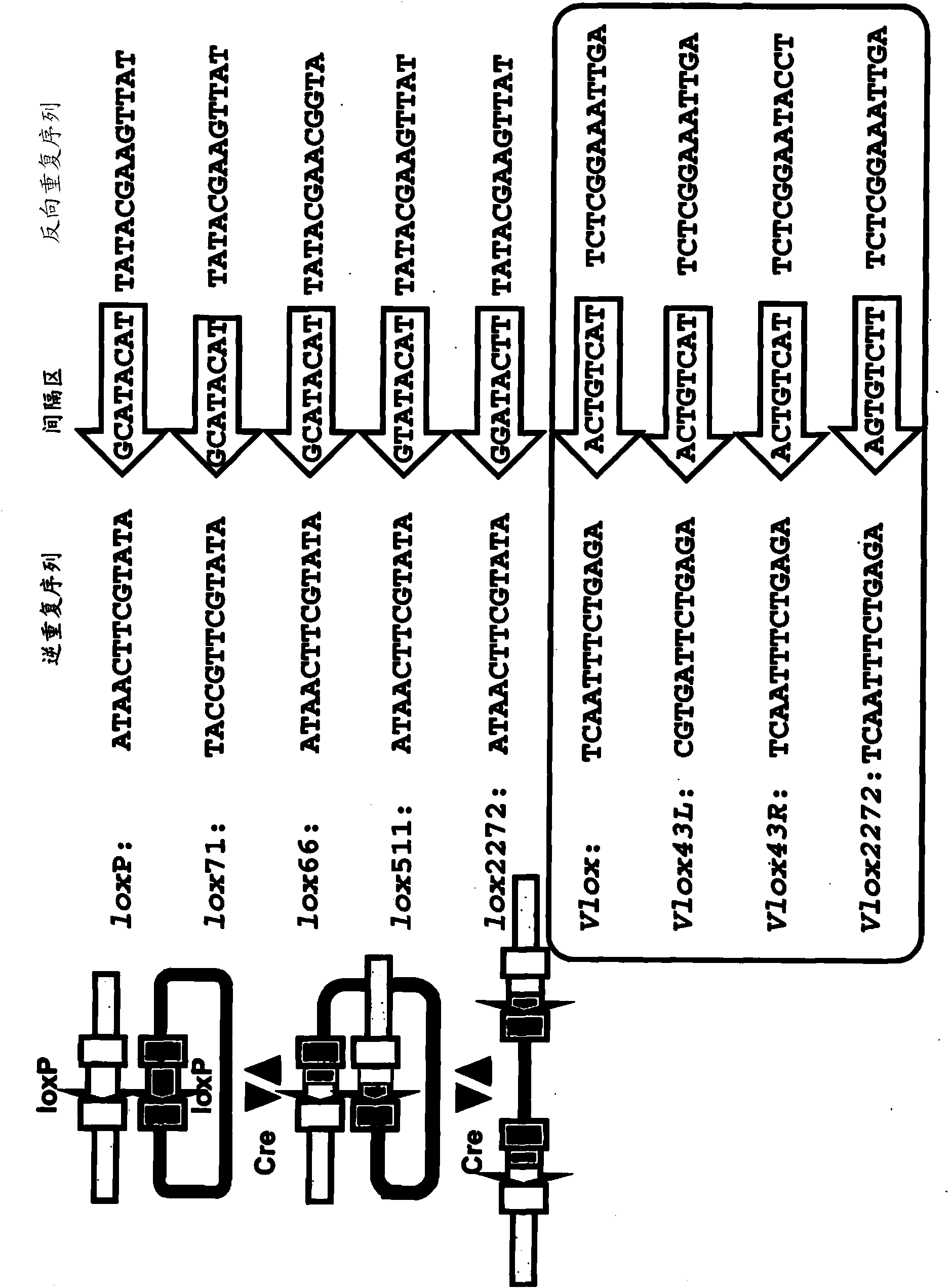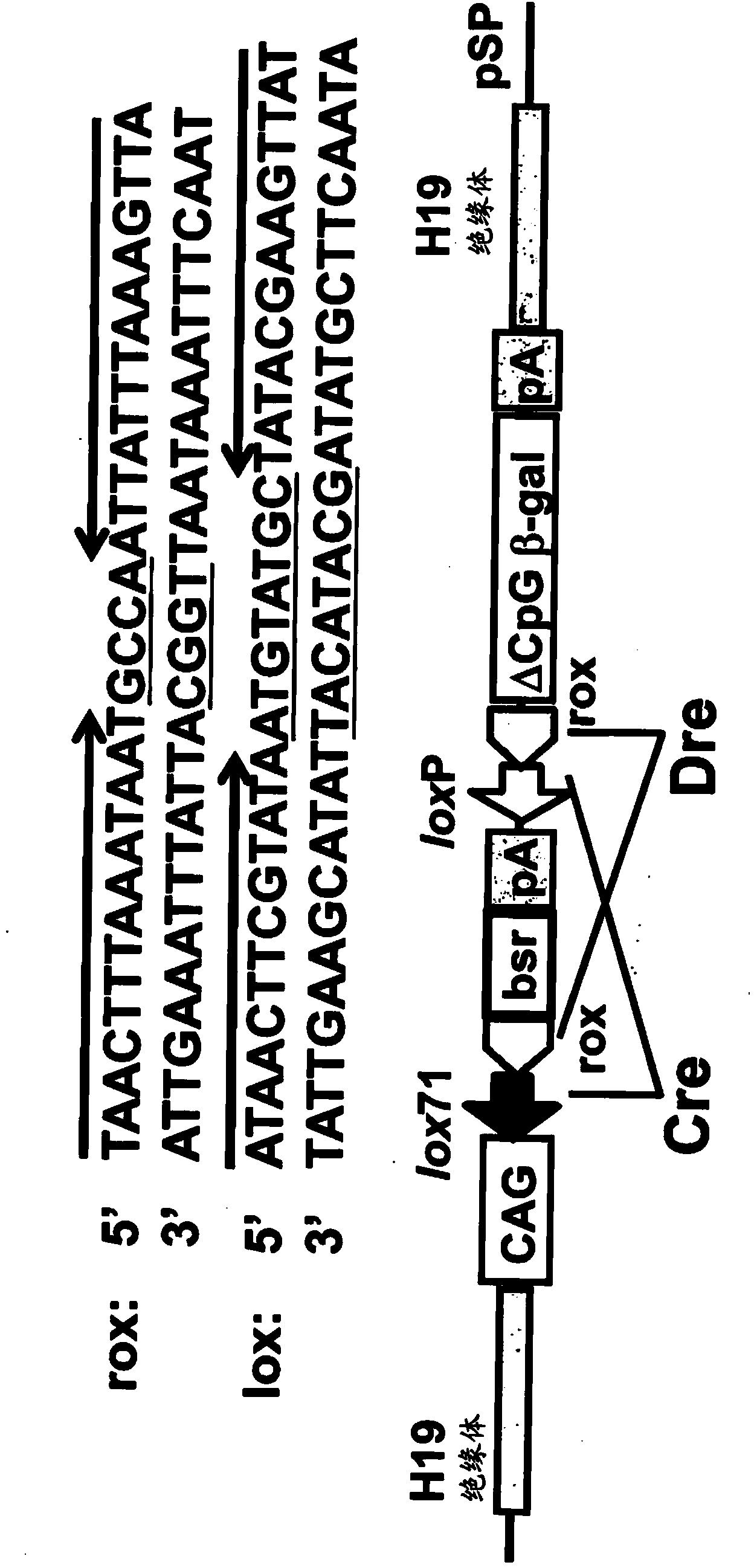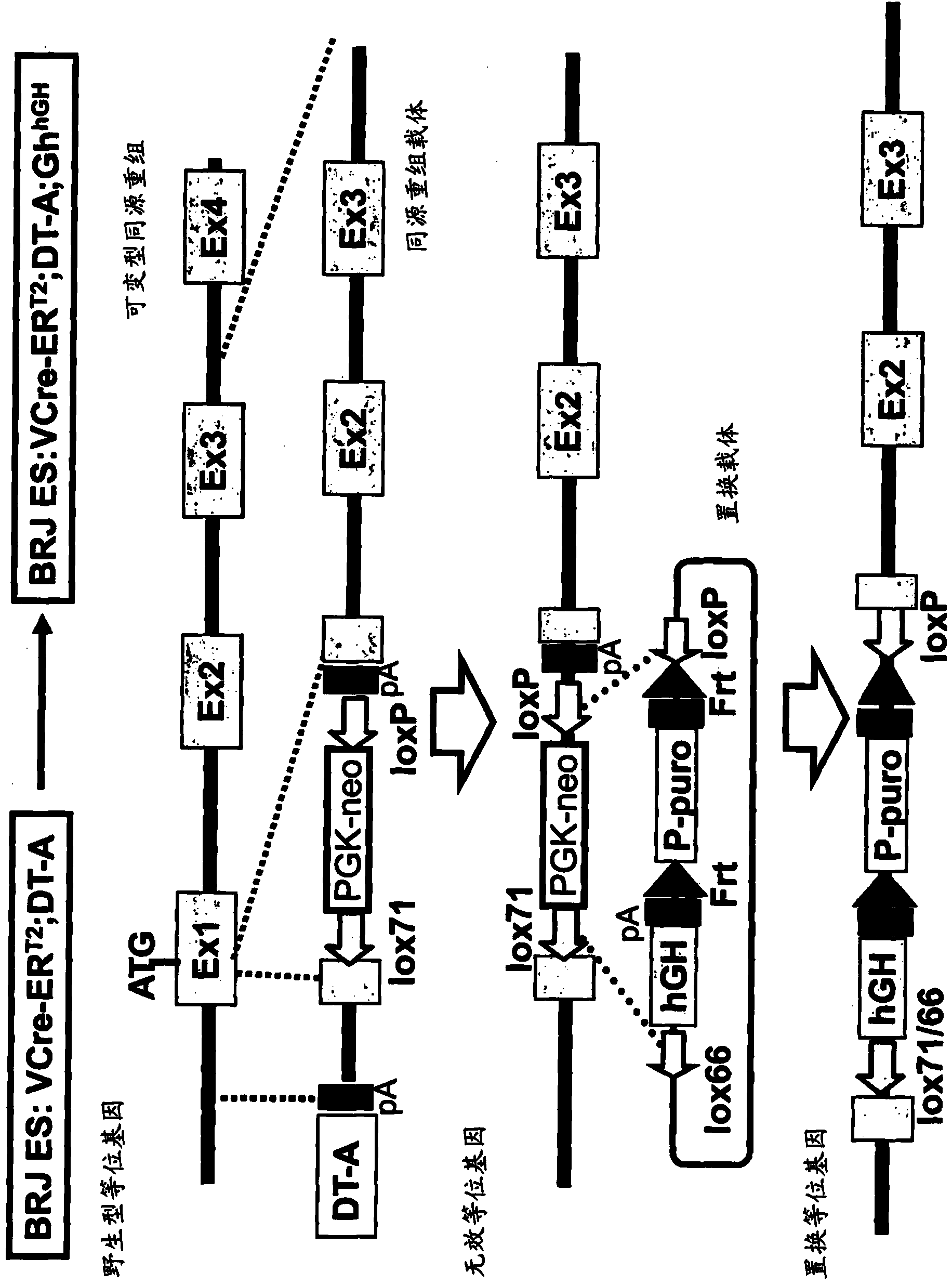Humanized mouse
A technology for mice and immunodeficiency mice, applied in biochemical equipment and methods, embryonic cells, animal husbandry, etc., can solve problems such as difficult to obtain multiple mice
- Summary
- Abstract
- Description
- Claims
- Application Information
AI Technical Summary
Problems solved by technology
Method used
Image
Examples
Embodiment 1
[0227] Establishment of ES cells
[0228] In this example, in order to establish the most suitable humanized mouse for human hepatocyte transplantation, ES cell lines were established from BRJ mouse embryos, and a mouse system was also established.
[0229] (1) Establishment of BALB / c; Rag2- / -; Jak3- / -(BRJ) mice and establishment of ES cell lines
[0230] Rag2-deficient and Jak3-deficient mice were mated to establish double-deficient BRJ mice (Ono A, et al. J Biomed Biotechnol 2011; 539748, 2011. doi:10.1155 / 2011 / 5397481)). The established BRJ mice were used for in vitro fertilization, and 64 blastocyst embryos were obtained, which were cultured in the existing GMEM-KSR medium (14% KSR, 1% FBS, 1000U / ml LIF in GMEM), and tried to establish, But only 2 systems with very poor proliferation can be established.
[0231] These are used to make chimeric mice, but only about 50% chimerism can be obtained, and they do not contribute to the germline. Therefore, CHIR99021, an inhibit...
Embodiment 2
[0241] [Example 2] Induction of mouse hepatocyte death
[0242] (1) Production of a construct for inducing mouse hepatocyte death
[0243] In order to produce a genetically modified mouse capable of specifically killing hepatocytes, two types of constructs were prepared.
[0244] Construct 1 (CAG-ATG-rox-EGFP-rox-DT-A) is connected with EGFP and DT-A (diphtheria toxin fragment A (diphtheria toxin fragment A)) held by ATG and rox immediately downstream of the CAG promoter .
[0245] The initiation codon of EGFP and the ATG upstream of Rox were designed in a fit-in-frame manner. In addition, the initiation codon of DT-A was removed, and the ATG upstream of rox was designed in such a way that it matched the framework.
[0246] Construct 2 (SAP-DreER T2 ) Dre-ER is connected immediately downstream of the promoter of hepatocyte-specific serum amyloid P component (SAP) T2. In addition, a puromycin resistance gene was linked upstream of the SAP promoter.
[0247] The specific ...
Embodiment 3
[0275] Embodiment 3 utilizes the replacement of human growth hormone gene
[0276] Using the homologous recombination vector, exon 1 of the mouse growth hormone (Gh) gene was previously disrupted by the usual method in the same manner as in Example 2. At this time, the ATG of the first exon was destroyed, and a site-specific integration clone with lox71-PGK-beta-geo-loxP-polyA-lox2272 integrated in this part was obtained. Next, a replacement vector is produced. The replacement vector contained lox66-hGH cDNA-polyA-Frt-PGK-puro-Frt-loxP. The replacement vector and the Cre expression vector were introduced into the target recombinant clone by electroporation.
[0277] As a result, an ES clone in which the mouse Gh gene was replaced by the human GH gene was obtained.
PUM
 Login to View More
Login to View More Abstract
Description
Claims
Application Information
 Login to View More
Login to View More - R&D
- Intellectual Property
- Life Sciences
- Materials
- Tech Scout
- Unparalleled Data Quality
- Higher Quality Content
- 60% Fewer Hallucinations
Browse by: Latest US Patents, China's latest patents, Technical Efficacy Thesaurus, Application Domain, Technology Topic, Popular Technical Reports.
© 2025 PatSnap. All rights reserved.Legal|Privacy policy|Modern Slavery Act Transparency Statement|Sitemap|About US| Contact US: help@patsnap.com



